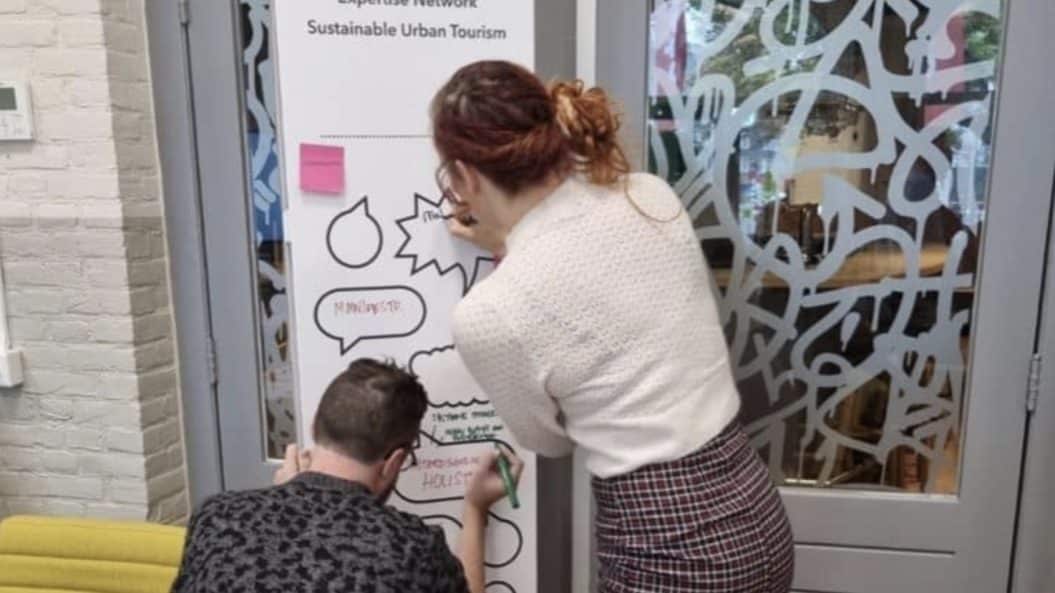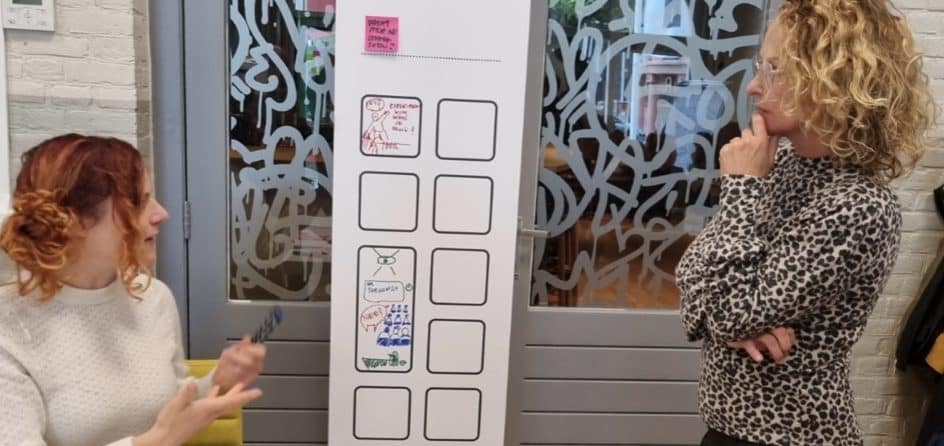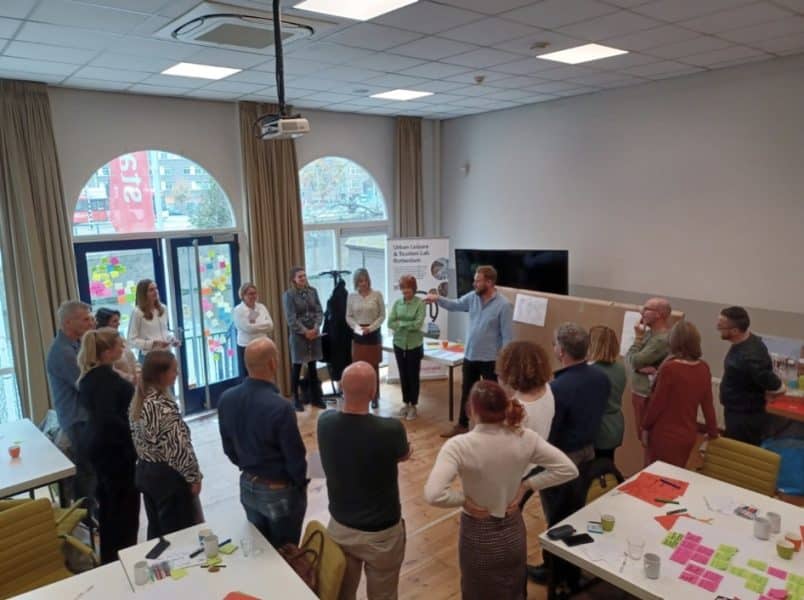Participation please?
In our group we worked on the theme of smart citizenship & governance. There was a general consensus that while participation was crucial to our comprehension of spatial equity, citizens are increasingly reluctant to engage in participatory design exercises in the urban setting – with many questioning the value added by their input. In situations of socio-spatial inequality – urban regeneration leading to gentrification and displacement for example – participatory design exercises can help generate consensus on development among competing agendas (Horgan, 2022). Having spent the last number of years working with international partners on the H2020 SMARTDEST project – examining the impact of overtourism on social exclusion – I was keen to hear other perspectives around the promise of big-data. Our work on SMARTDEST – which considers whether digital solutions can offset socially exclusionary aspects of overtourism. Comprising a set of European studies on overtourism, the SMARTDEST.eu allows for comparison between Amsterdam and emerging cases such as Lisbon and Ljubljana. The project takes a nuanced approach, combining quantitative and qualitative methods to provide a holistic picture of drivers of exclusion that emerge from neoliberal urban governance. Citizen participation is a cornerstone of that research, and of our CityLabs phase – where we are holding a series of co-production workshops to make sense of research findings and identify possible futures with stakeholders – city users and decision-makers of all shapes and sizes. During this and previous phases of research on that project, the theme of challenges of participation have emerged – and how the difficult including citizens in co-design and decision-making in situations where public trust is low.
Over the last decade in particular, community engagement has been held up as a way to include the voice of historically excluded stakeholders in policymaking – embedding qualitative perspectives that can illuminate the lived experience of socio-spatial inequalities quantified in large datasets. The work in Amsterdam has revealed that citizens (and other stakeholder groups) have begun to pull away from participation, feeling that their contribution has not led to impactful policy change or social transformation, and are beginning to question their role in community engagement. More than fifty years ago, Arnstein (1968) wrote on the need for local governments to move beyond consultation and coercive control to more developed from of participation and collaboration with communities. Her Ladder of Citizen Participation was evidently ahead of its time, and was meant to encourage a more enlightened dialogue, a typology of citizen participation arranged in a ladder pattern with each rung corresponding to the extent of citizens’ power in determining the plan or policy. The Amsterdam case reveals how tokenistic or non-genuine engagement, however, serves only to alienate citizens further, meaning that without their location within appropriate policy framework participatory exercises are only set to alienate citizens further. For participation to have impact, city governments must allow for feedback loops in our planning systems through honest engagement processes (Horgan, 2022). Short term political or economic advantage is often at the expense of longer-term sustainability, blocking processes that encourage the development of capacities for resilience in communities – so they can participate in policymaking that can address issues such as overtourism.
The Governance Vacuum
Launching the European Union’s New European Bauhaus initiative, Commission president Ursula Von der Leyen announced, “a collective effort to imagine and build a future that is sustainable, inclusive and beautiful for our minds and for our souls” European Commission, 2022). In order to align our vision for sustainable urban tourism with these objectives, we seek to design meaningful opportunities for participation, while keeping the barrier for entry low. Through our Centre of Excellence, and delivered in our Urban Leisure and Tourism Living Labs, we are using systemic co-design to devolve new capacities to the communities who participate without further perpetuating processes of socio-spatial exclusion. We understand that cosmetic engagement exercises are likely to discourage communities from engaging in subsequent consultation, as they see no obvious impact from their involvement. This present challenges not only to urban governance, but also to interdisciplinary applied research that seeks to involved citizens and end users. Having noted similar perceptions among citizens in trying to map Scotland’s smart citizen ecosystem, I was surprised to learn of a similar governance vacuum in the Amsterdam case. A perceived lack of connected policymaking was turning locals off from participating in engagement-led co-design exercises, meaning that in the absence of clear roles, responsibilities and feedback loops between citizens and decision-makers, it has become harder and harder to engage stakeholders in policy innovation – leading to what can only be described as ‘participation fatigue’. Insufficient consideration is given to the design of engagement so that it is intentionally inclusive, and does not allow the “usual suspects” (and vocal local critics) to sway development decisions. In order to address the power imbalances that can lead from uneven (or skewed citizen participation), social designers should avail of user-centred design techniques to design opportunities for participation that are meaningful, iterative and reflective with well-designed feedback loops that maintain a dialogue with stakeholders.
If you are keen to join our ENSUT community of practice thinking about these and other related topics… Get in touch with Dr. Donagh Horgan, Senior researcher on New Urban Tourism at donagh.horgan@inholland.nl or with program manager ENSUT Iris Kerst iris.kerst@inholland.nl


